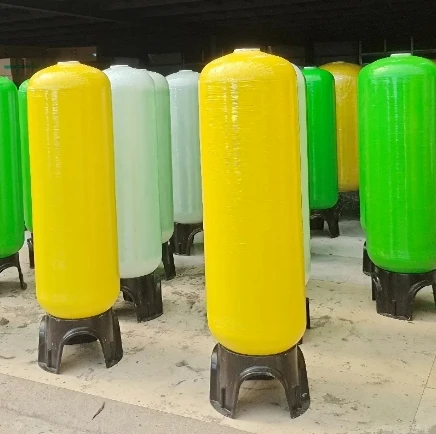loading...
- No. 9, Xingyuan South Street, Dongwaihuan Road, Zaoqiang County, Hengshui, Hebei, China
- admin@zjcomposites.com
- +86 15097380338
- Welcome to visit our website!
Exploring the Benefits and Applications of FRP Rods in Construction and Engineering
Understanding FRP Rods Properties, Applications, and Benefits
Fiber Reinforced Polymer (FRP) rods are composite materials that have garnered significant attention in various engineering applications due to their unique properties and benefits. Combining the high strength of fibers with the versatility of polymer matrices, FRP rods have become an essential component in construction, civil engineering, and other industries.
What are FRP Rods?
FRP rods are essentially rods made from a composite material consisting of fibers, such as glass, carbon, or aramid, embedded in a polymer resin. This combination results in a material that is lightweight yet incredibly strong and durable. Some of the most commonly used fibers include glass fibers, known for their good tensile strength and cost-effectiveness, and carbon fibers, which offer superior strength-to-weight ratios and stiffness but at a higher cost.
Exceptional Properties
1. Corrosion Resistance One of the most notable characteristics of FRP rods is their resistance to corrosion. Unlike traditional steel reinforcement, FRP rods do not rust or corrode when exposed to seawater, chemicals, or other harsh environments. This property makes them particularly suitable for infrastructure projects in corrosive environments, such as bridges, coastal structures, and wastewater treatment facilities.
2. Lightweight FRP rods are significantly lighter compared to steel, making them easier to handle, transport, and install. This lightweight nature can lead to reduced transportation costs and simplified construction processes.
3. High Strength and Stiffness Despite their lightness, FRP rods exhibit remarkable tensile strength and stiffness, making them ideal for applications requiring high load-bearing capacities. This strength allows engineers to design more slender and efficient structures, reducing the amount of material needed.
4. Electrical Insulation FRP materials are non-conductive, making them suitable for applications where electrical conductivity is a concern. This property is beneficial in the construction of electrical infrastructures or structures in proximity to electrical systems.
5. Design Flexibility The manufacturing process of FRP rods allows for various sizes and shapes, providing flexibility in design. Engineers can create customized rods tailored to specific project requirements.
frp rod

Applications
FRP rods have found a wide range of applications across different fields
- Civil Engineering In structural reinforcement, FRP rods are used to strengthen concrete beams, columns, and slabs. Their corrosion resistance extends the lifespan of structures while minimizing maintenance costs.
- Bridge Construction Due to their lightweight and high strength, FRP rods are increasingly being used in bridge construction, reducing the overall dead load and allowing for innovative architectural designs.
- Wind Turbine Blades The renewable energy sector utilizes FRP rods in wind turbine blades, where reducing weight while maintaining strength is crucial for efficiency.
- Marine Industry In marine applications, FRP rods are used in dock and pier constructions, where resistance to moisture and saltwater is essential.
- Sports Equipment The sporting goods industry leverages FRP materials for equipment like tennis rackets and fishing rods, where both strength and lightweight properties are desirable.
Conclusion
Fiber Reinforced Polymer rods represent a modern solution to many construction challenges, providing engineers and architects with reliable, durable, and efficient materials. As technology advances, the use of FRP rods is likely to expand further, paving the way for innovative applications that can enhance the performance of infrastructures while reducing maintenance costs and environmental impact. The unique blend of strength, lightweight, and versatility positions FRP rods as a cornerstone material in the future of engineering and construction.
-
GRP Structures: The Future of Lightweight, High-Performance EngineeringNewsJun.20,2025
-
FRP Water Tank: High-Performance Storage for Corrosive and Clean Water SystemsNewsJun.20,2025
-
FRP Square Tube: The New Industry Standard for Chemical and Structural ApplicationsNewsJun.20,2025
-
FRP Pultruded Profiles: The Ultimate Choice for Lightweight Structural StrengthNewsJun.20,2025
-
FRP Handrails: The Safer, Smarter, and Stronger Choice for Modern InfrastructureNewsJun.20,2025
-
FRP Grating: The Smart Solution for Durable, Lightweight Industrial FlooringNewsJun.20,2025
-
Why Choose a Galvanized Water Tank for Your Storage NeedsNewsMay.21,2025
